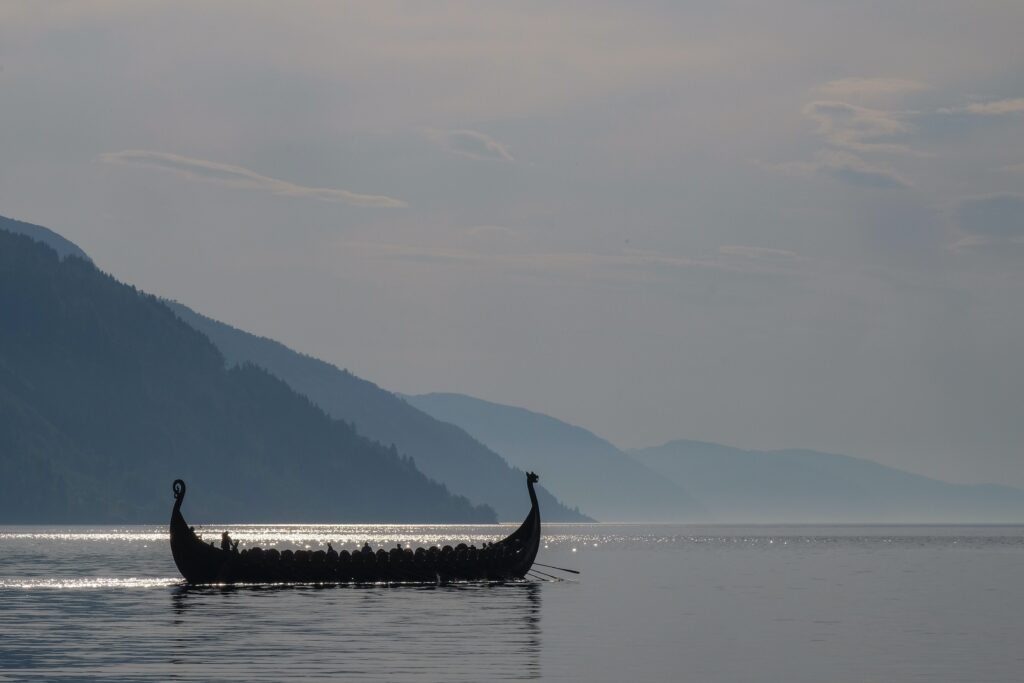In the Middle Ages, the people of Denmark, Norway, and Sweden were the Vikings. These fearless Norse warriors believed only a valiant death in battle would take them to their heaven, therefore their strengths on the battlefield were unlike any other. However, Scandinavia had harsh winters and many infertile fields, so their lives often depended upon raids to nearby villages. The Vikings first raided an English monastery in 793 AD at Lindisfarne, looking for gold, slaves, and wares to trade.
Vikings in Ireland
Back in the 9th century, Ireland consisted of many semi-independent territories called “túatha”. The raid at the island of Lambay in 795 AD set the Viking invasion of Ireland into motion. Their leader, Turgeis, took advantage of the existing rivalry between the Irish rulers, and by 848 AD, the Norsemen had already captured Cork, Dublin, and Lough Neagh. They stayed there for two years, building fortified naval ports to increase their trade and commerce. In the end, Irish King Maell Sechnaill fought and defeated hundreds of Viking warriors. His armies trounced over 700 Northmen at the battle at County Meath, and this Irish resistance brought forth a Viking exodus from Ireland to England. However, the Vikings returned in 941 under the leadership of Sihtric Caech. Their reign left behind settlements like Dublin, Waterford, Limerick, and Wicklow.
Vikings in England
The kingdoms of Wessex, East Anglia, Mercia, Northumbria, and Kent made up England in early 800 AD. Lindisfarne, a monastery on the northeast coast of England became the first target. There’s a that says that it was chief Ragnar Lodbrok who landed in Northumbria in 865. Soon, the Northmen had taken complete control over Northumbria and East Anglia. Additionally, they had captured much of Mercia. Wessex, under Alfred the Great, fought longest and hardest against the Viking invasion, but by 866 AD, the Vikings had made their capital at York. Many Vikings settled there permanently as farmers and merchants. The most important settlements founded by the Vikings were Torskey, Repton, and York. Indeed, the people residing in England today are descendants of both, the Anglo-Saxons, and the Vikings.
Conclusion
With the death of King Harald in 1066, the Viking era in the British Isles finally came to an end. The Norwegian king died at the Battle of Stamford Bridge and did not leave behind an heir. Furthermore, with the conversion of the Vikings to Christianity, the Viking culture itself was merged with European culture. Their newfound Christian beliefs of peace and harmony did not allow them to raid. As the raids stopped, the Vikings slowly became regular citizens.
Although the Viking age ended many hundreds of years ago, their courage and strength are still the stuff of legend. These great warriors, and even better seamen, are widely regarded in pop culture. Today, video games, comics, and television shows often depict the Norse way of life. Additionally, many slot games you can find at an Irish casino will relay the Norse tales in amazingly detailed graphics.
